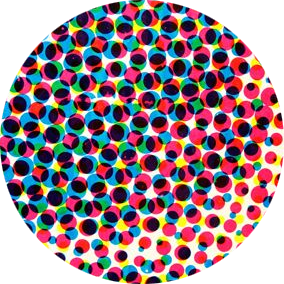The Vision and Sexuality

Peppard argues that throughout the character’s history, the Vision’s emotional & heroic conflicts have been directly connected to explorations of gender & sexual identity. These conflicts stem from the Vision’s nature as a synthetic man & bigotry related to that fact. 2/7


The queer potential of Vision & Scarlet Witch’s seemingly heterosexual relationship climaxes in a scene where Wanda uses magic to become pregnant while embraced by her husband but without semen or sex. “If there’s a penis (or phallus) here,” writes Peppard, “it’s Wanda’s.” 4/7

Peppard reads John Byrne’s decision to retcon Wanda & Vision’s children as demonic & strip away Vision’s emotions as forestalling the queer possibility of earlier comics. “House of M” (2005) builds on the retcon to associate a once-idyllic relationship w/ madness & genocide. 5/7

This history influences Peppard’s reading of King’s “The Vision,” whose sexual politics she finds conservative relative to earlier stories yet largely in-step with the past 25 years of comics, which similarly treat Vision’s sexuality as dangerous rather than positive. 6/7

While acknowledging that King’s narrative is productively deconstructive in other ways, Peppard ends her essay with a personal ode to the resistive potential of other types of subversive stories, in which forbidden love heralds revolution rather than ruin. 7/7

